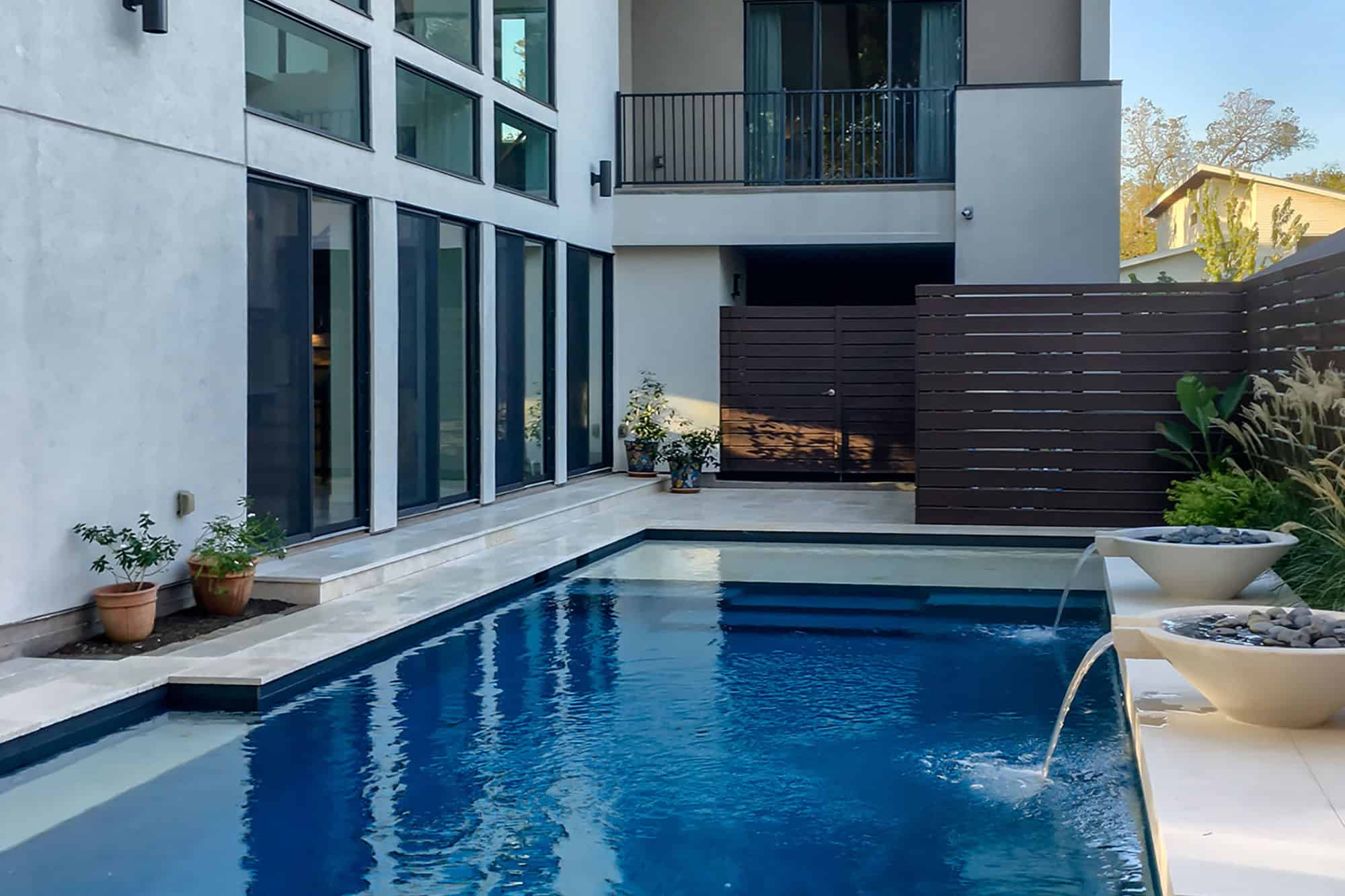
Putting in a swimming pool is an exciting project, but it can also be a challenge if you’re not familiar with all the details of pool construction and design. It’s not just about making a big hole and adding water. There are many things to consider during the process, and one important aspect is pool coping. This plays a significant role in your pool, so let’s find out more about it!
In architecture, “coping” refers to the covering on top of a wall, which serves to protect it from water damage and enhance its appearance. Similarly, pool coping is the decorative edge surrounding an in-ground pool, covering the underground wall of the pool. When someone sits at the pool’s edge and dips their feet in the water, they are sitting on the coping.
Pool coping has multiple essential functions. It safeguards the upper part of the pool wall and contributes to the safety and proper functioning of the pool. Additionally, it plays a vital role in making the pool visually appealing and creates a welcoming atmosphere for swimmers.
Coping protects the pool wall and directs spilled or splashed water away from the pool. It’s necessary in two important ways.
From a safety standpoint, coping provides a secure edge for swimmers to hold onto, reducing the risk of slipping and accidents.
When the time comes to add coping to your new construction, you have several choices for materials. Natural stone, pavers, brick and precast concrete are some of the options.
There are several types of materials for in-ground pools. Top-mount coping is made of sturdy aluminum with a weather-resistant finish, and the pool deck can be poured onto it. Cantilever-edge uses foam forms that are placed on top of the pool wall and can be enhanced with stamping or staining.
Pool coping also comes in various finishes, such as square edge, rebated square edge, and single bullnose.
Considering factors like size, density, and slip-resistance is important. Keep in mind that the coping should be able to withstand constantly changing wet and dry conditions before making any decisions on each aspect.
When it comes to adding coping, there are many things to consider. It’s crucial to seek advice from a pool design expert to determine which products work best for your pool.